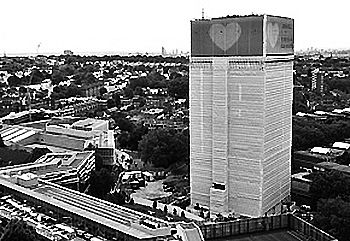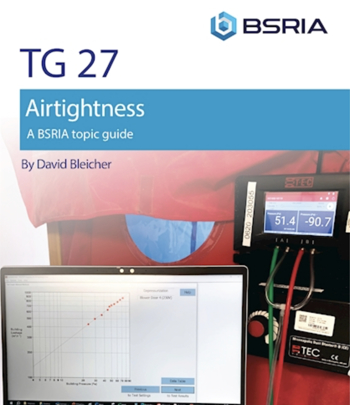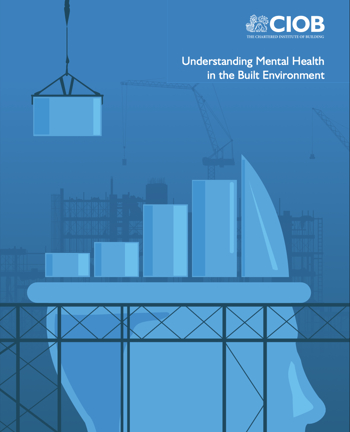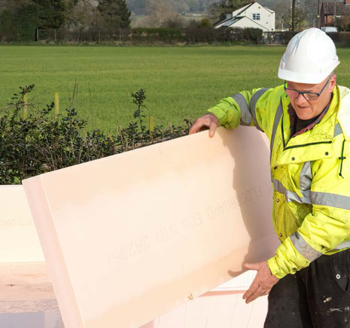Hydroelectricity
Hydroelectricity is electricity generated by hydropower, that is, power derived from the kinetic energy of falling or flowing water. It can be generated from streams, lakes and rivers or man-made structures such as dams, lagoons and reservoirs.
Hydroelectricity relies on water, a clean and renewable source of energy. Water that has been used to generate electricity is naturally recycled by the ‘water cycle’ through which water evaporates, forming clouds that then rain on the Earth, restarting the cycle.
The technology is well-proven and reliable, there is little use of fuel in generation, and so emissions are low. However, the capital costs are high, it can require inundation of land and so cause loss of habitats, and in some cases, displacement of local populations.
Hydropower systems are generally dependent upon precipitation and elevation changes. Large elevation changes and high precipitation levels are necessary to generate substantial quantities of electricity. Generation depends on the gravitational force of flowing water moving downstream. Hydropower can be seen as the conversion of the potential kinetic energy of water at a higher level, falling to yield kinetic energy that drives a turbine, which in turn produces electricity.
This can require the creation of a large, high reservoir of water, sometimes by damming a river. In this case, water is then channelled through tunnels in the dams and energy from the water causes turbines to turn which generates electricity. Engineers can regulate the amount of water passing through the dam. The process of controlling this flow of water is called the intake system. Spillway structures allow water to flow directly into the body of water below the dam, preventing damage.
The amount of energy extracted from the water depends on the available water volume and the difference in height between the turbines and the elevated source. This height difference is known as the hydraulic head.
Hydroelectric systems include:
- Storage schemes. These make use of a dam that holds water in a reservoir.
- Run-of-river schemes. These use water's natural flow to drive a turbine.
- Pumped storage.This incorporates two reservoirs. Using electricity, water can be pumped from a lower reservoir to a higher one at times of low demand. This water is then released, driving the turbines to create power in order to meet peak demand requirements.
- Tidal schemes, which exploit the changing level of sea water as a result of tides.
Both storage and run-of-river schemes can be diversions, channelling water from lakes or rivers or dammed reservoirs to powerhouses containing turbines.
Three main categories define the output of hydroelectricity:
- Micro-scale capacity. A hydro plant producing less than 50 kilowatts (kW).
- Small-scale capacity. A hydro plant producing less than 5 megawatts (MW).
- Large-scale capacity. A hydro plant producing more than 5 megawatts (MW).
Hydro-electric systems below 100kW are sometimes considered to constitute microgeneration.
Once a hydroelectric system has been installed, it can last for 40-50 years, or longer if well maintained. Debris, floods and droughts can potentially cause damage to hydroelectric systems.
China is the largest producer of hydroelectricity, followed by Canada, Brazil, and the United States (Ref Energy Information Administration). According to the U.S. Geological Survey (USGS), approximately two-thirds of the economically feasible potential remains to be developed.
The UK Government suggests that ‘The UK currently (2011) generates about 1.5% of its electricity from hydroelectric schemes. Although further large-scale development potential is limited, there is scope for exploiting our remaining small-scale hydro resources in a sustainable way.’ Ref Gov.uk Harnessing hydroelectric power.
[edit] Related articles on Designing Buildings Wiki
- Allowable solutions.
- Biomass.
- Cardiff tidal lagoon.
- Domestic micro-generation.
- Dove Stone Hydropower.
- Earth-to-air heat exchangers.
- Energy storage.
- Feed in tariff.
- Fuel cell.
- Geothermal energy.
- Ground energy options.
- Hydropower.
- Large scale solar thermal energy.
- Marine energy.
- Natural gas.
- Not a choice between renewables and nuclear - we need both.
- Oil - a global perspective.
- Power generation.
- Renewable energy.
- Renewable heat incentive.
- Shale gas.
- Solar photovoltaics
- Solar thermal systems.
- Swing bridge.
- Sustainable development: energy challenge.
- The Future of Electricity in Domestic Buildings.
- Tidal lagoon power.
- Types of fuel.
- Why the UK needs to support emerging tech like energy storage.
- Wind Energy in the United Kingdom.
- Zero carbon homes.
- Zero carbon non-domestic buildings.
Featured articles and news
The UK's Modern Industrial Strategy: A 10 year plan
Previous consultation criticism, current key elements and general support with some persisting reservations.
Building Safety Regulator reforms
New roles, new staff and a new fast track service pave the way for a single construction regulator.
Architectural Technologist CPDs and Communications
CIAT CPD… and how you can do it!
Cooling centres and cool spaces
Managing extreme heat in cities by directing the public to places for heat stress relief and water sources.
Winter gardens: A brief history and warm variations
Extending the season with glass in different forms and terms.
Restoring Great Yarmouth's Winter Gardens
Transforming one of the least sustainable constructions imaginable.
Construction Skills Mission Board launch sector drive
Newly formed government and industry collaboration set strategy for recruiting an additional 100,000 construction workers a year.
New Architects Code comes into effect in September 2025
ARB Architects Code of Conduct and Practice available with ongoing consultation regarding guidance.
Welsh Skills Body (Medr) launches ambitious plan
The new skills body brings together funding and regulation of tertiary education and research for the devolved nation.
Paul Gandy FCIOB announced as next CIOB President
Former Tilbury Douglas CEO takes helm.
UK Infrastructure: A 10 Year Strategy. In brief with reactions
With the National Infrastructure and Service Transformation Authority (NISTA).
Ebenezer Howard: inventor of the garden city. Book review.
The Grenfell Tower fire, eight years on
A time to pause and reflect as Dubai tower block fire reported just before anniversary.
Airtightness Topic Guide BSRIA TG 27/2025
Explaining the basics of airtightness, what it is, why it's important, when it's required and how it's carried out.
Construction contract awards hit lowest point of 2025
Plummeting for second consecutive month, intensifying concerns for housing and infrastructure goals.
Understanding Mental Health in the Built Environment 2025
Examining the state of mental health in construction, shedding light on levels of stress, anxiety and depression.
The benefits of engaging with insulation manufacturers
When considering ground floor constructions.
Lighting Industry endorses Blueprint for Electrification
The Lighting Industry Association fully supports the ECA Blueprint as a timely, urgent call to action.























